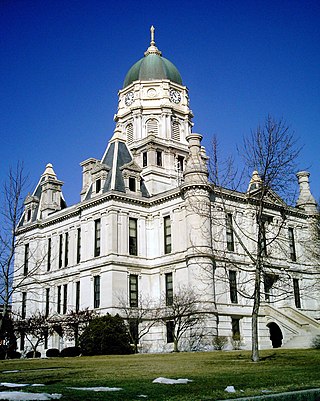
The Whitley County Courthouse is an historic courthouse building located at Van Buren and Main Streets in Columbia City, Indiana, the seat of Whitley County. It was constructed in 1888, and is a three-story, cruciform plan, French Renaissance style Indiana limestone building designed by Brentwood S. Tolan. It has a slate roof and galvanized iron central dome.

The James Cardinal Gibbons Memorial Statue is a public artwork by Leo Lentelli, located at the Shrine of the Sacred Heart, 16th Street and Park Road Northwest, Washington, D.C.

Major General James B. McPherson is a public artwork by American artist Louis Rebisso, located at McPherson Square in Washington, D.C., United States. Major General James B. McPherson was originally surveyed as part of the Smithsonian's Save Outdoor Sculpture! survey in 1993. The monument is a bronze equestrian statue of Civil War hero James B. McPherson. The statue is a contributing monument to the Civil War Monuments in Washington, DC, of the National Register of Historic Places.
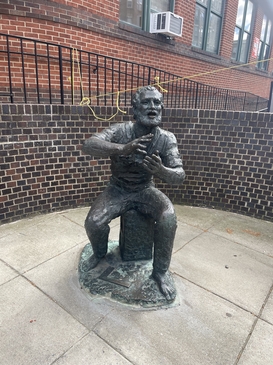
The Parable is a public artwork by American artist Jimilu Mason, located at The Festival Center at 1640 Columbia Road, N.W. in Washington, D.C., United States. The Parable was originally surveyed as part of the Smithsonian's Save Outdoor Sculpture! survey in 1993.
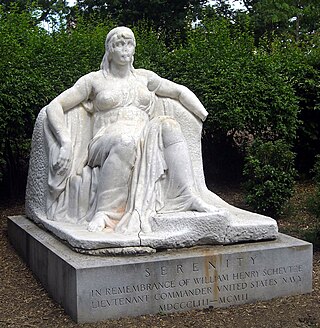
Serenity is a public artwork by Catalan artist Josep Clarà i Ayats, located at Meridian Hill Park in Washington, D.C., United States. Serenity was originally surveyed as part of the Smithsonian's Save Outdoor Sculpture! survey in 1993.
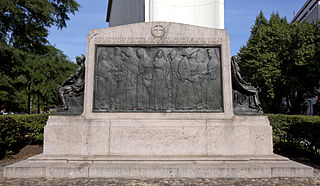
Nuns of the Battlefield is a public artwork made in 1924 by Irish artist Jerome Connor, located at the intersection of Rhode Island Avenue NW, M Street, and Connecticut Avenue NW, in Washington, D.C., United States. A tribute to the more than 600 nuns who nursed soldiers of both the Union Army and the Confederate States Army during the American Civil War, it is one of two monuments in the District that mark women's roles in the conflict. It is a contributing monument to the Civil War Monuments in Washington, D.C., listed on the National Register of Historic Places. In 1993, it was surveyed for the Smithsonian Institution's Save Outdoor Sculpture! program.

American Legion Soldier is a public artwork by German-born American artist Adolph Wolter, located at the American Legion building on K Street, N.W. in Washington, D.C., United States. "American Legion Soldier" was surveyed as part of the Smithsonian's Save Outdoor Sculpture! program in 1993.

Brevet Lt. General Winfield Scott is an equestrian statue in Washington, D.C., that honors career military officer Winfield Scott. The monument stands in the center of Scott Circle, a traffic circle and small park at the convergence of 16th Street, Massachusetts Avenue and Rhode Island Avenue NW. The statue was sculpted by Henry Kirke Brown, whose best-known works include statues of George Washington in New York and Nathanael Greene in Washington, D.C. It was the first of many sculptures honoring Civil War generals that were installed in Washington, D.C.'s traffic circles and squares and was the second statue in the city to honor Scott.

Apotheosis of Democracy is a public artwork by American sculptor Paul Wayland Bartlett, located on the United States Capitol House of Representatives portico's east front in Washington, D.C., United States. This sculpture was surveyed in 1993 as part of the Smithsonian's Save Outdoor Sculpture! program.
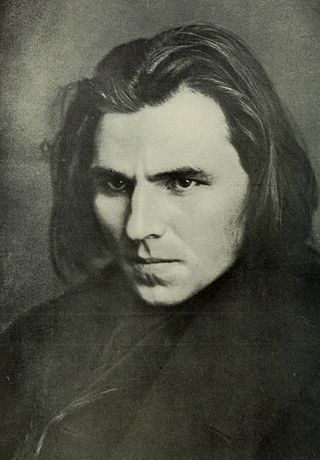
Jerome Connor was an Irish sculptor.

American Revolution Statuary is a group of 14 statues in Washington, D.C., which honor men whose actions assisted the Thirteen Colonies in their fight against the Kingdom of Great Britain in the American Revolutionary War. They are spread throughout the city, except for the four statues in Lafayette Square, across from the White House, that honor some of the foreign heroes from the war. Some of the statues are located in prominent places, while others are in small parks or stand alone in front of buildings. All of the statues are owned and maintained by the National Park Service, an agency of the United States Department of the Interior. The statuary was collectively listed on the National Register of Historic Places (NRHP) in 1978 and the District of Columbia Inventory of Historic Sites the following year. In addition, most are also contributing properties to historic districts listed on the NRHP.

Middlebury to Her Soldiers is a public artwork by American artists Marshall Jones and Seward Jones, located on the triangle between Merchant's Row and South Pleasant Street in Middlebury, VT, United States of America. It was fabricated by the Jones Brothers Company of Barre, VT. The granite sculpture consists of a figure in a Civil War uniform holding a flag in his proper right arm standing atop a multi-layered granite pedestal. Figures depicting an artilleryman, a cavalryman, a marine, and an infantryman stand at the four corners of the pedestal's central section.

The Lewis and Clark Memorial Column is an outdoor monument by artist Otto Schumann, dedicated to Meriwether Lewis and William Clark for their expedition and located at Washington Park in Portland, Oregon.

Covered Wagon, also known as Oregon Trail Immigrants Memorial and Pioneer Family, is an outdoor 1934 white marble sculpture by Leo Friedlander installed outside the Oregon State Capitol in Salem, Oregon, United States.
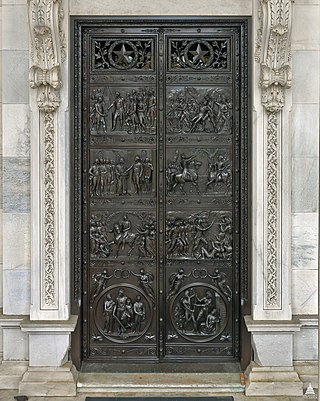
The George Washington and the Revolutionary War Door (1855–1868) is pair of a bronze sculptured doors to the Senate wing of the United States Capitol in Washington, D.C., United States. American sculptor Thomas Crawford designed and modeled the doors in the mid-1850s, but died prior to their completion. American sculptor William H. Rinehart completed the doors based on Crawford's designs.















